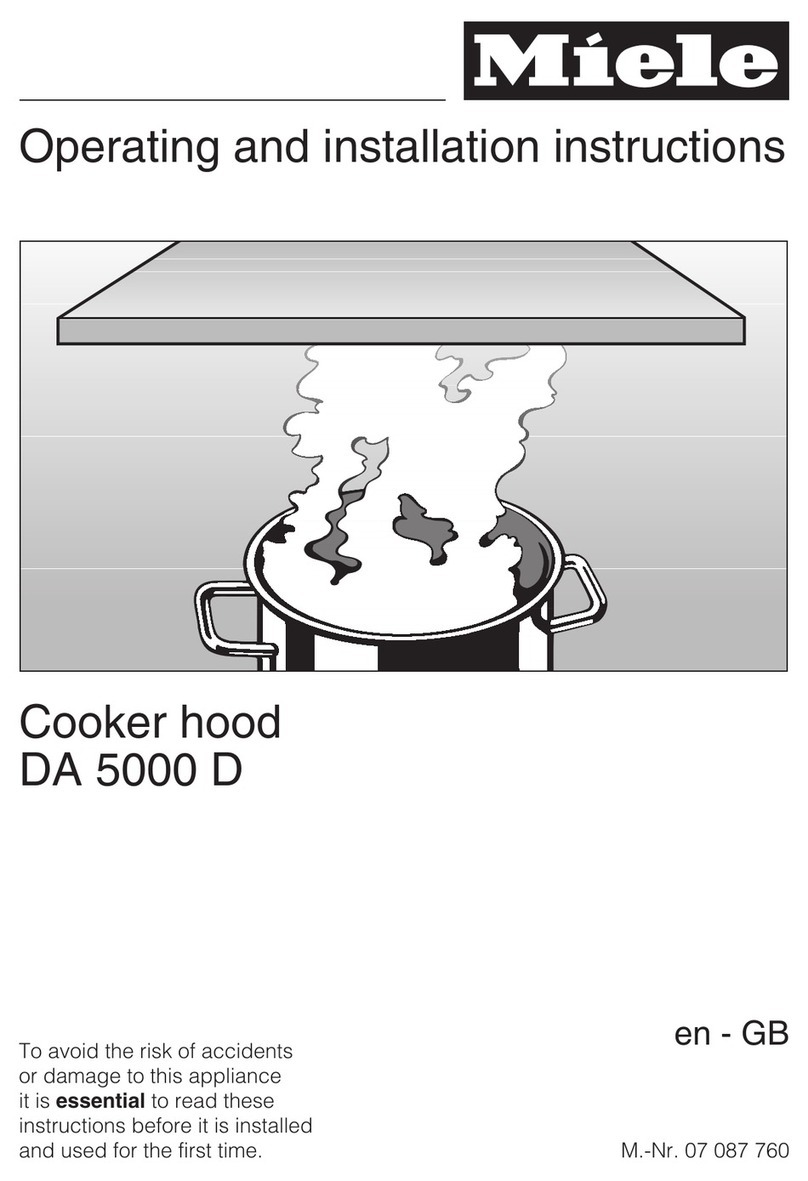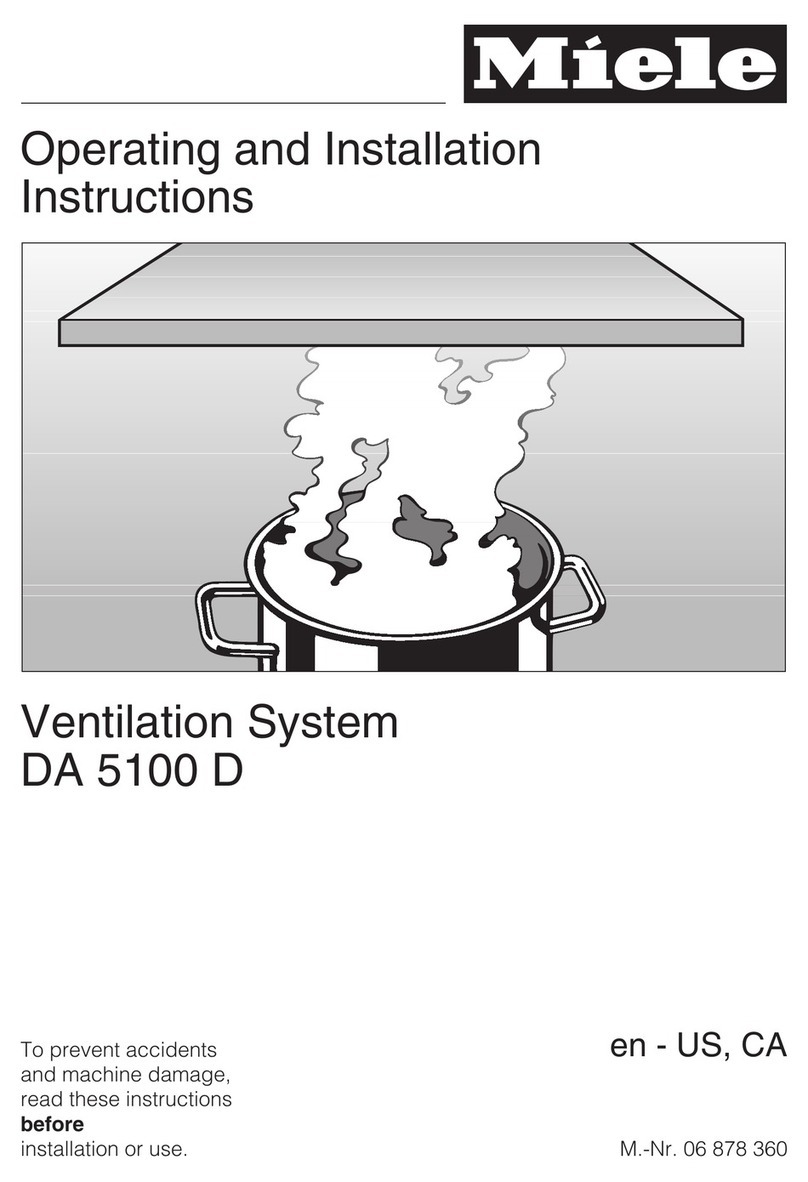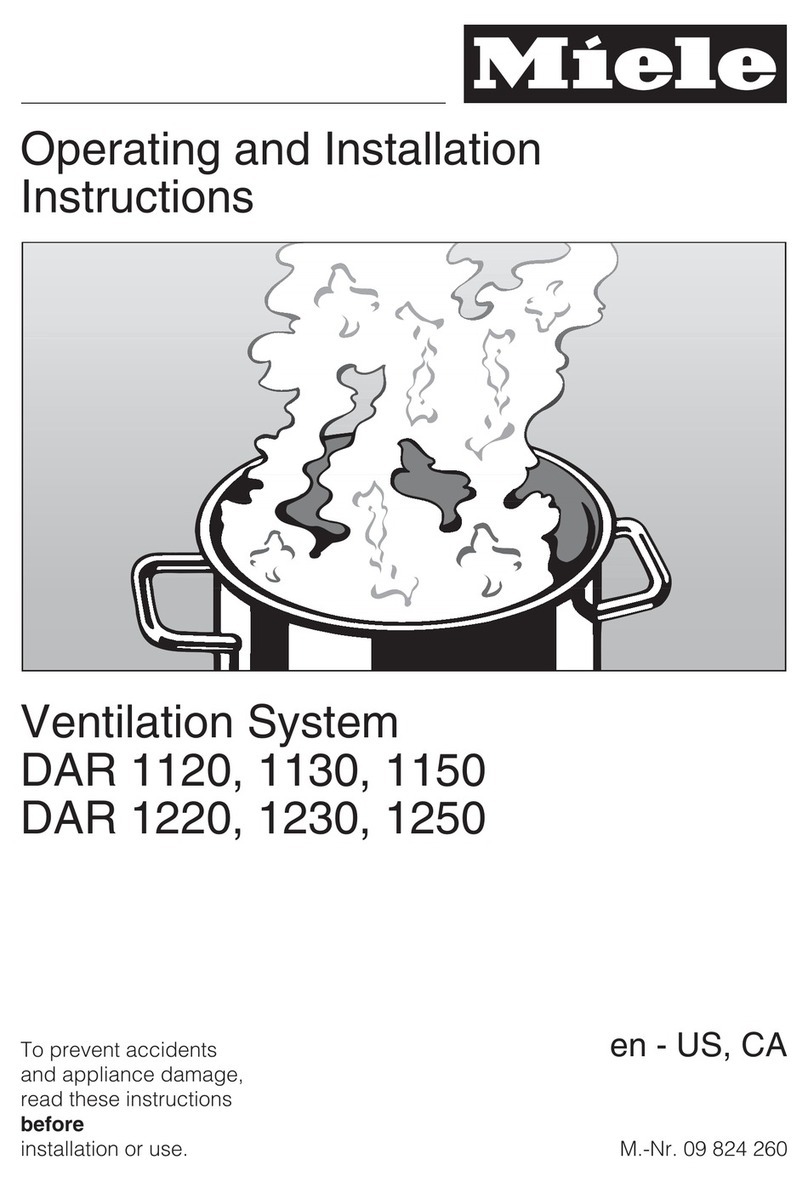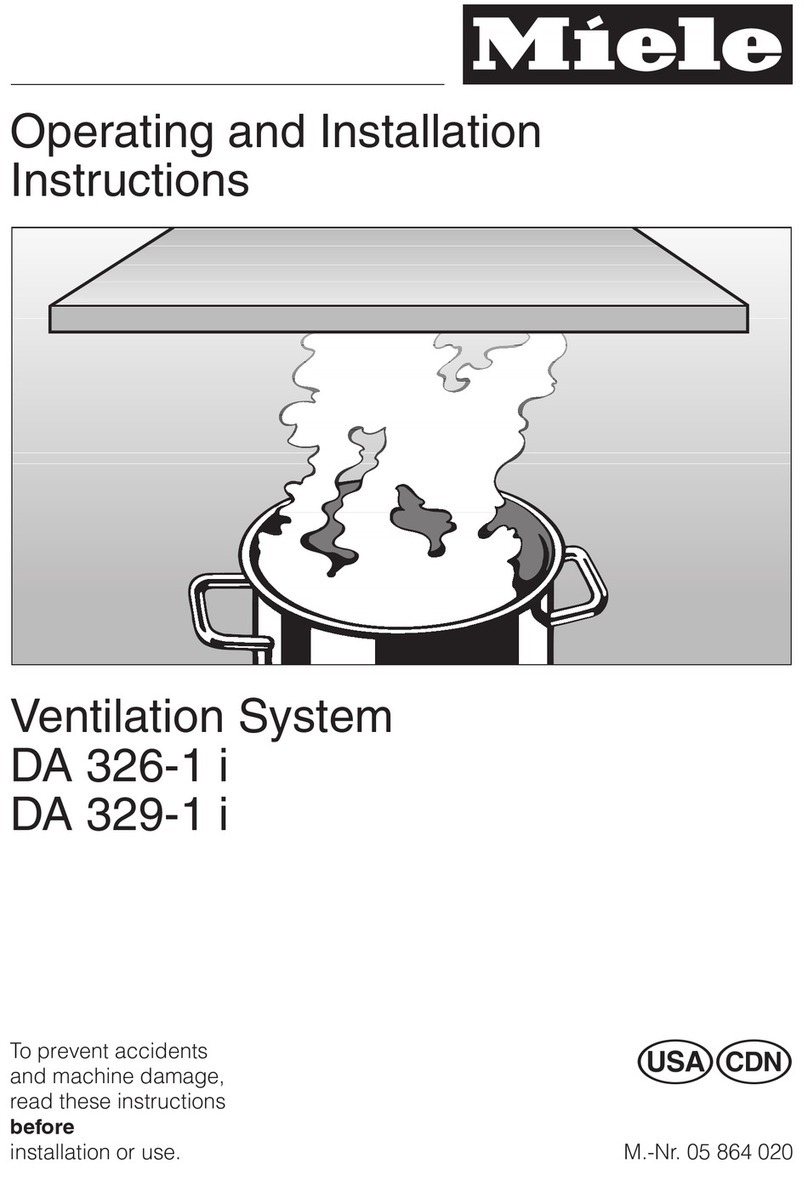Miele DA 78 User manual
Other Miele Ventilation Hood manuals

Miele
Miele DAD 4840 User manual
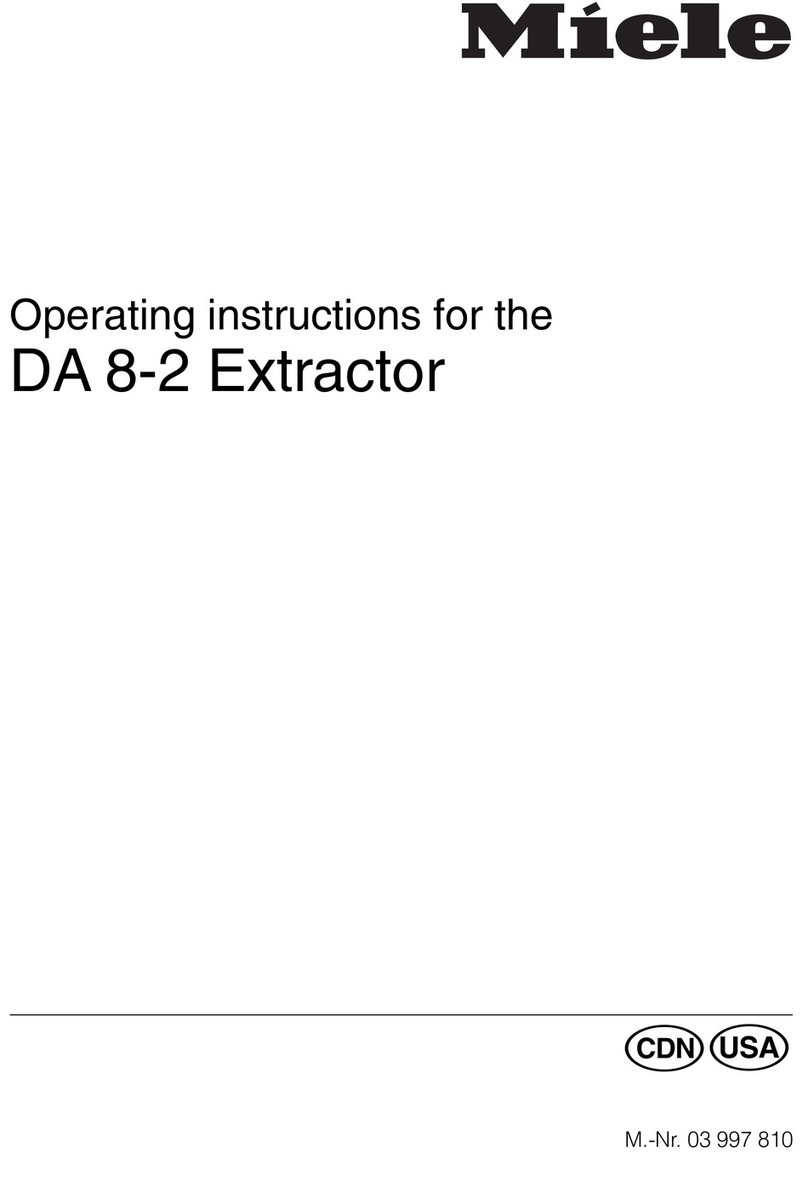
Miele
Miele DA 8-2 User manual
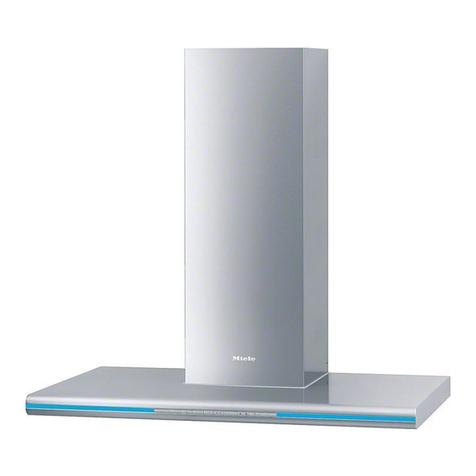
Miele
Miele VENTILATION SYSTEM DA 6290 W User manual
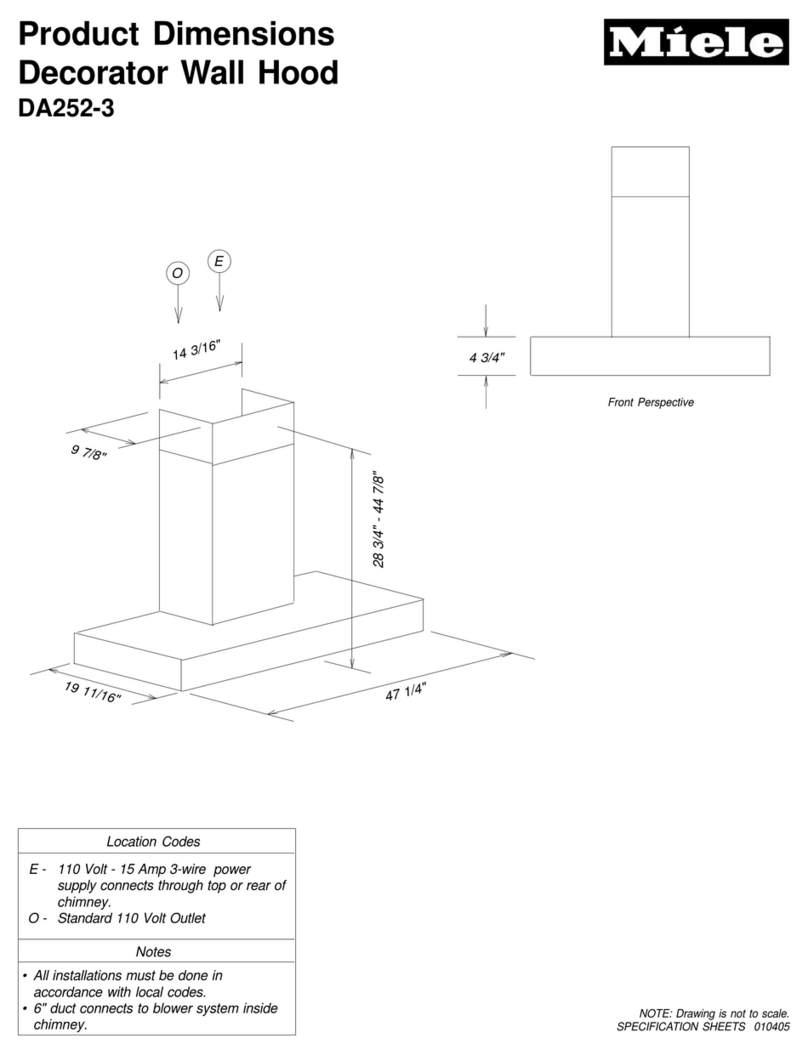
Miele
Miele DA252-3 Parts list manual

Miele
Miele DA 6296 W User manual

Miele
Miele DAS 4940 User manual
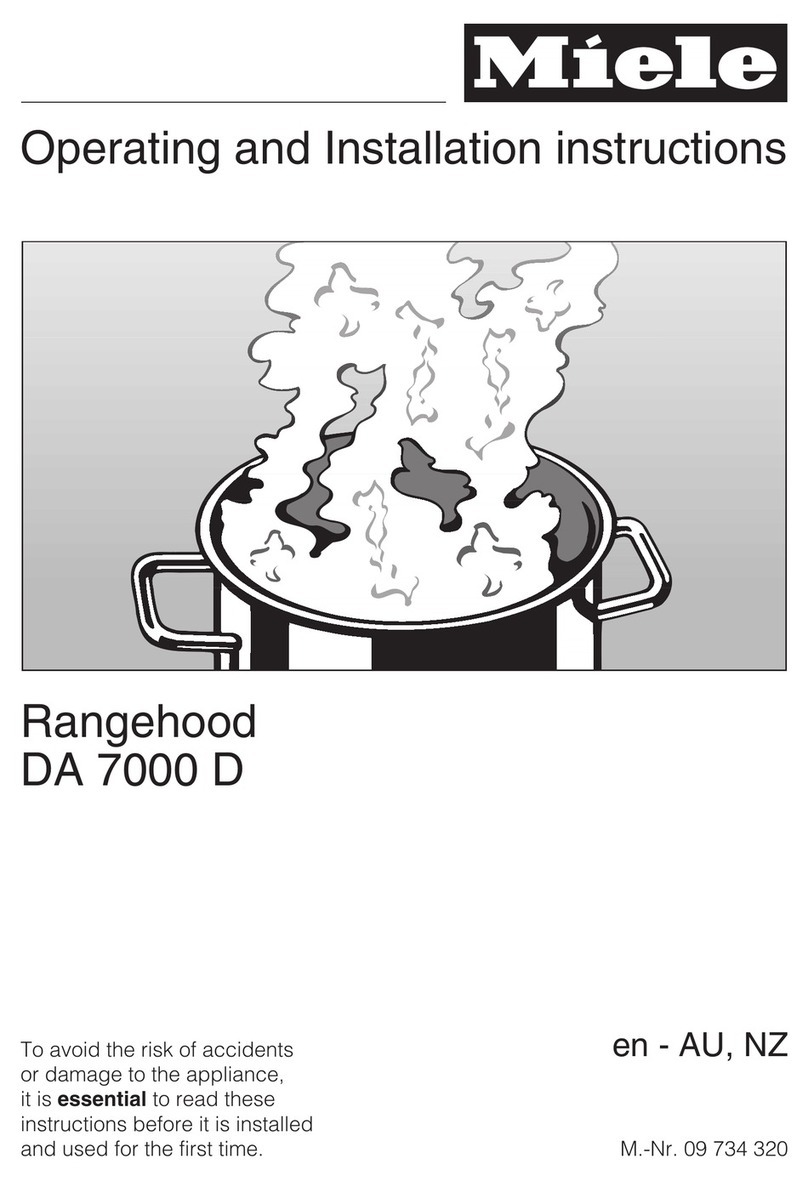
Miele
Miele DA 7000 D User manual

Miele
Miele DA 6708 D User manual
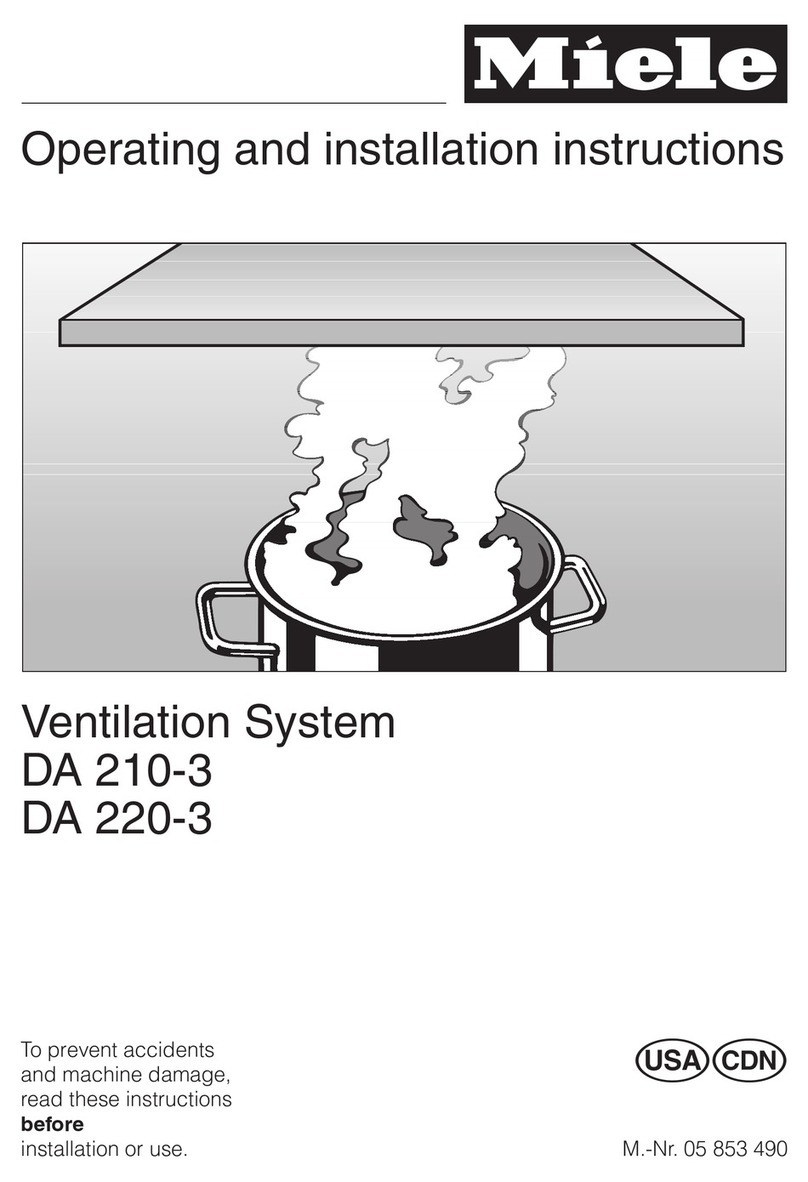
Miele
Miele DA 210-3 User manual
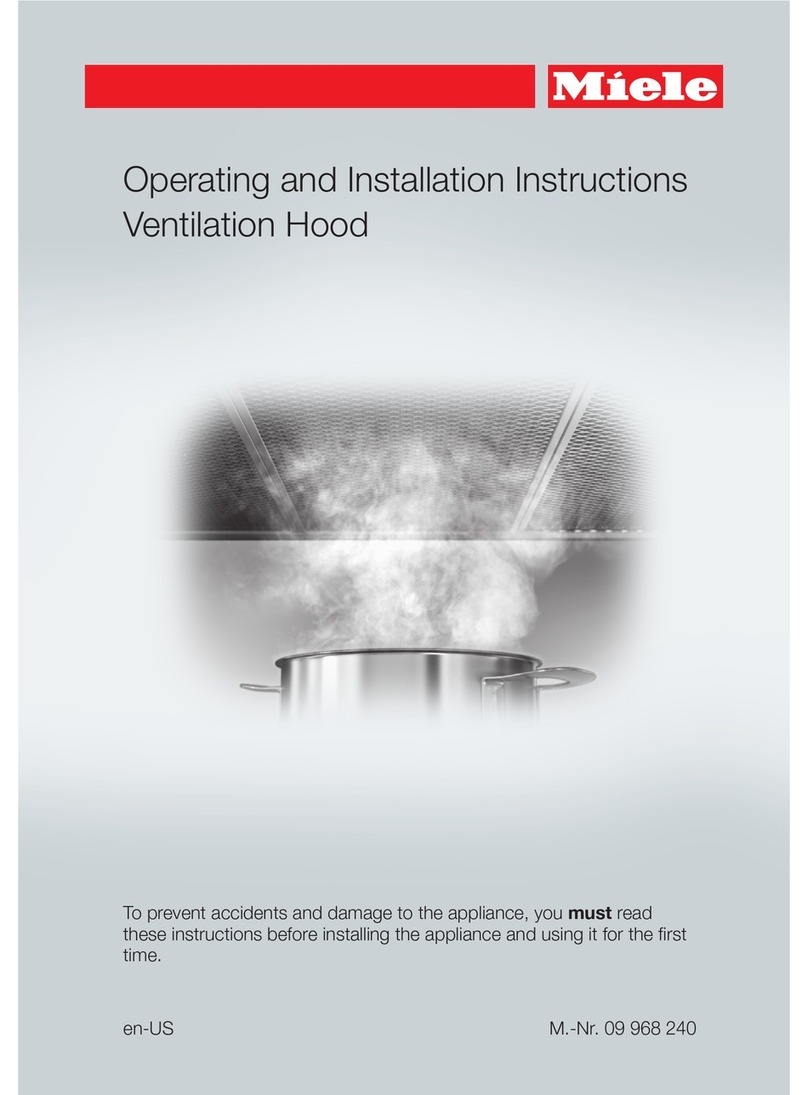
Miele
Miele 09 968 240 User manual
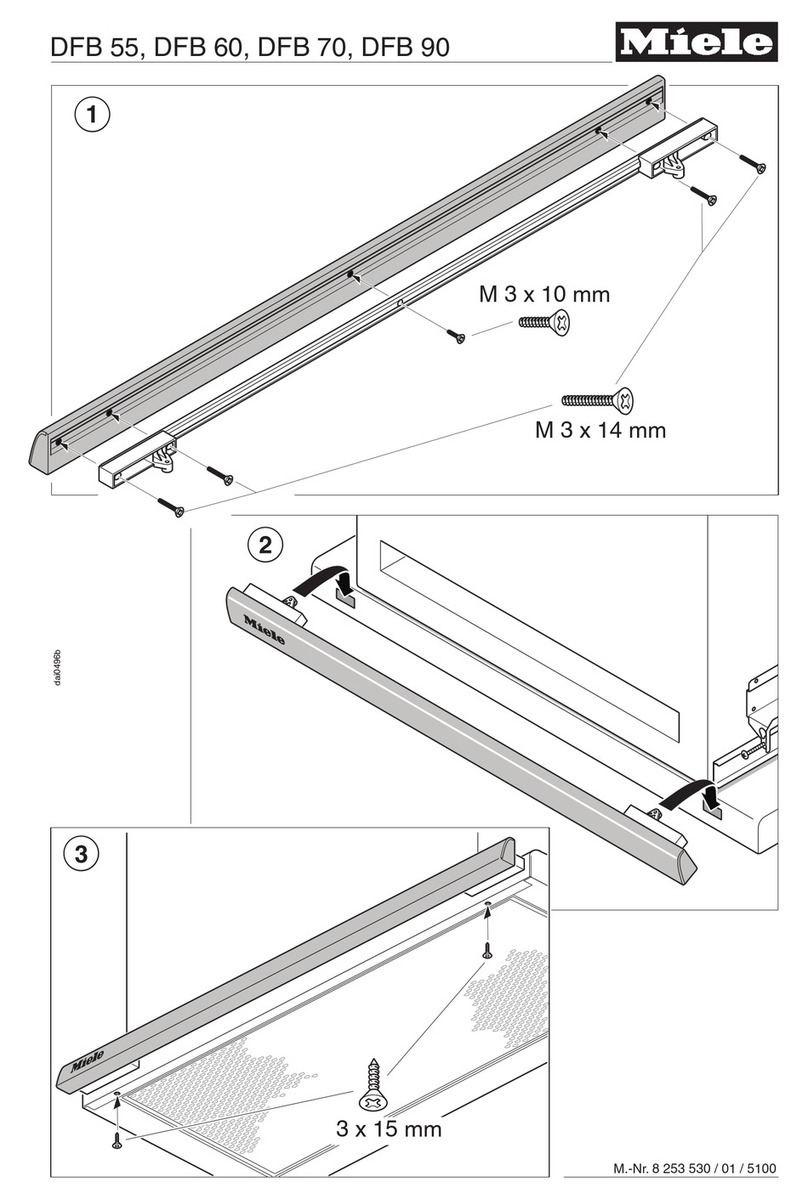
Miele
Miele DFB 55 User manual

Miele
Miele DA 239-3 User manual

Miele
Miele DA 3566 User manual
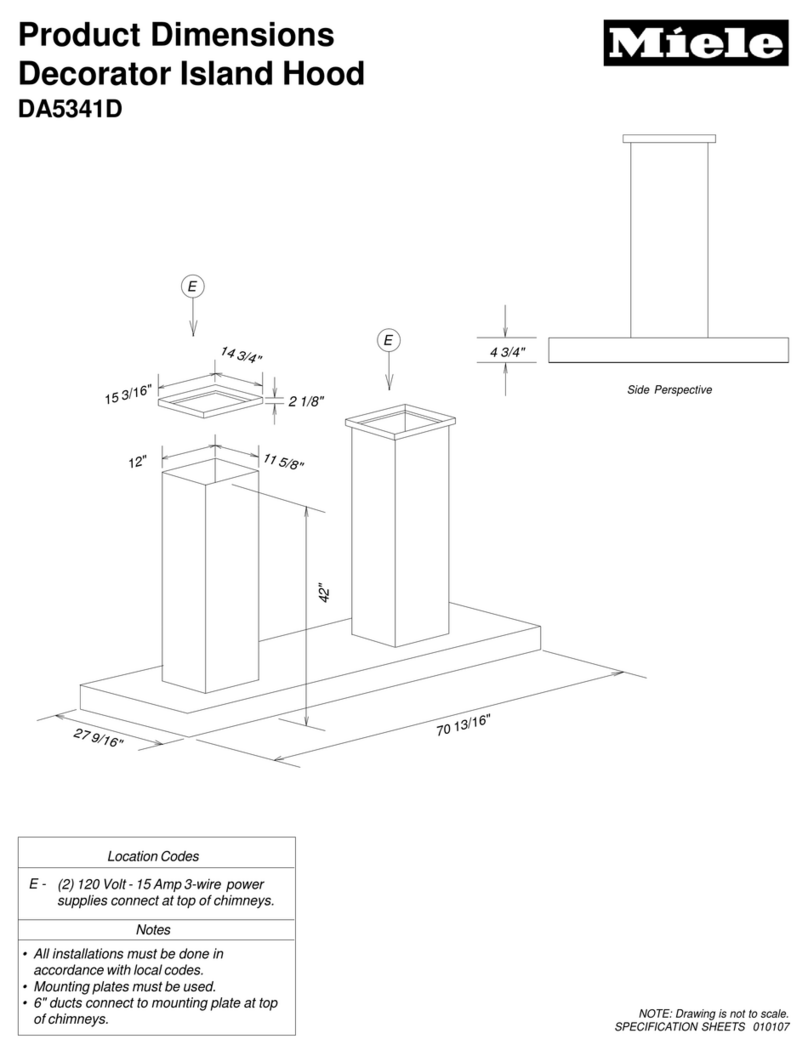
Miele
Miele DA5341D Parts list manual

Miele
Miele DAS 4930 User manual

Miele
Miele SmartLine User manual

Miele
Miele DA 398-5 User manual
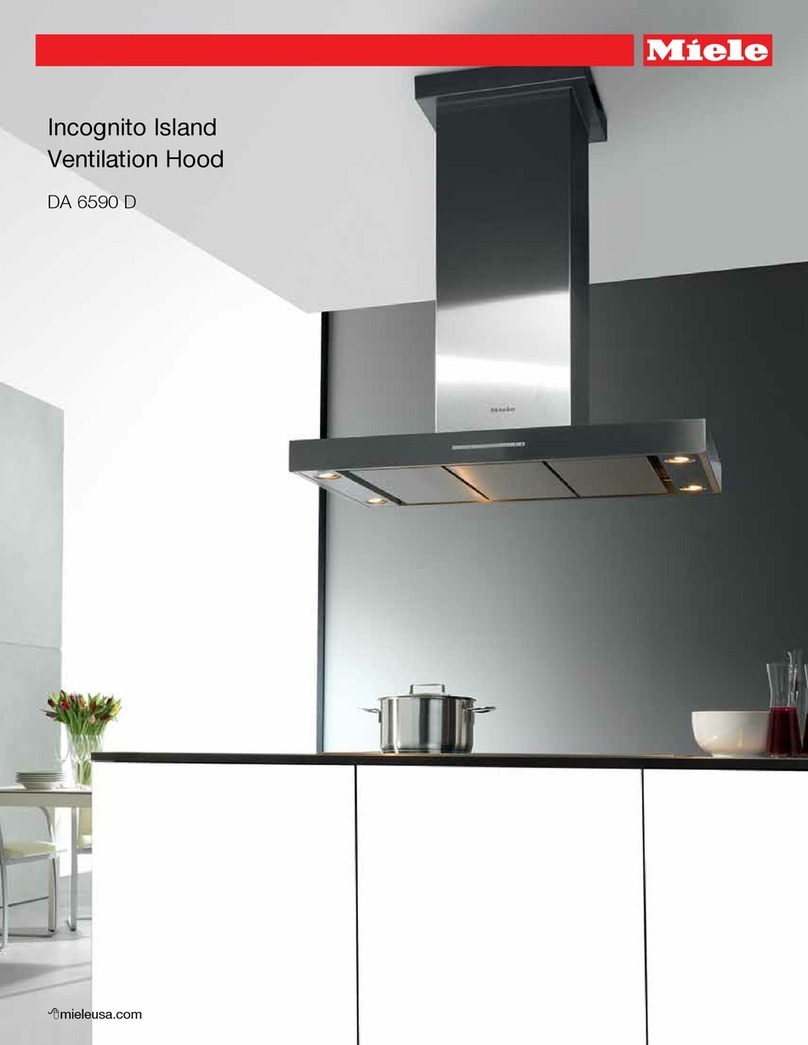
Miele
Miele DA 6590 D User manual

Miele
Miele DA 1260 User manual
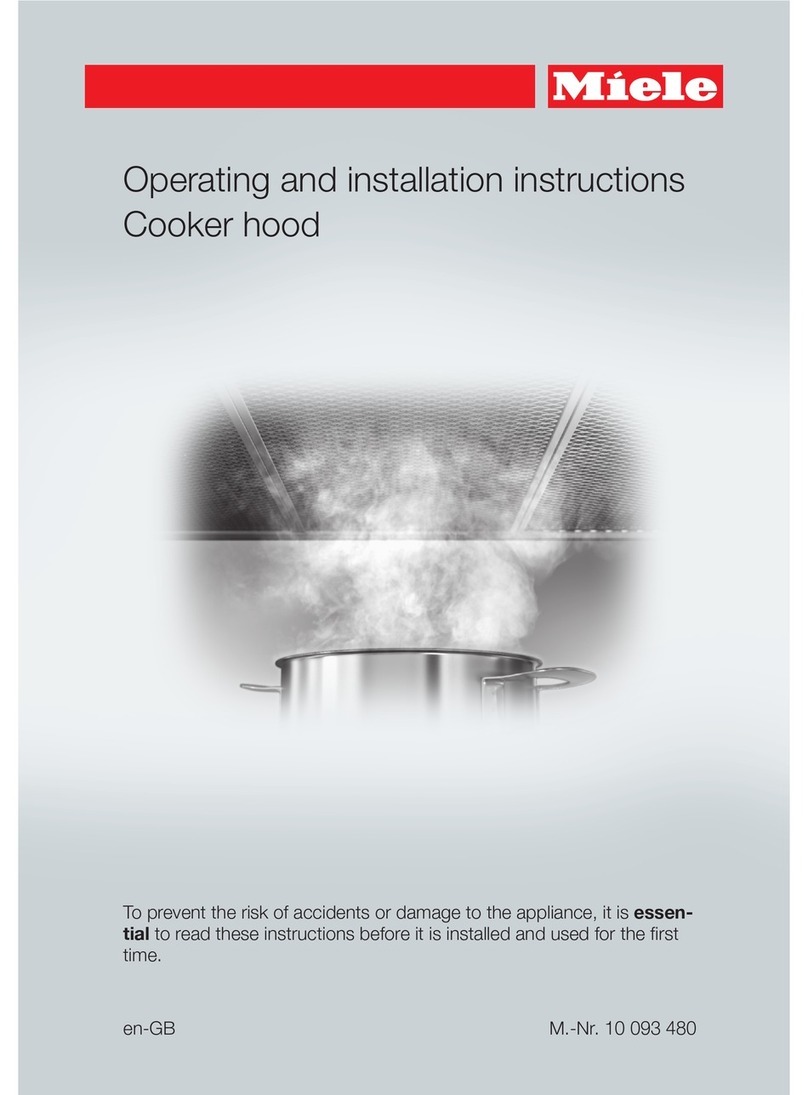
Miele
Miele DA 3566 User manual
Popular Ventilation Hood manuals by other brands

Gorenje
Gorenje S3 IHGC963S4X manual

KOBE
KOBE ISX2136SQB-1 Installation instructions and operation manual

U.S. Products
U.S. Products ADVANTAGE-100H Information & operating instructions

Kuppersberg
Kuppersberg DUDL 4 LX Technical Passport

Framtid
Framtid HW280 manual

Thermador
Thermador HGEW 36 FS installation manual
